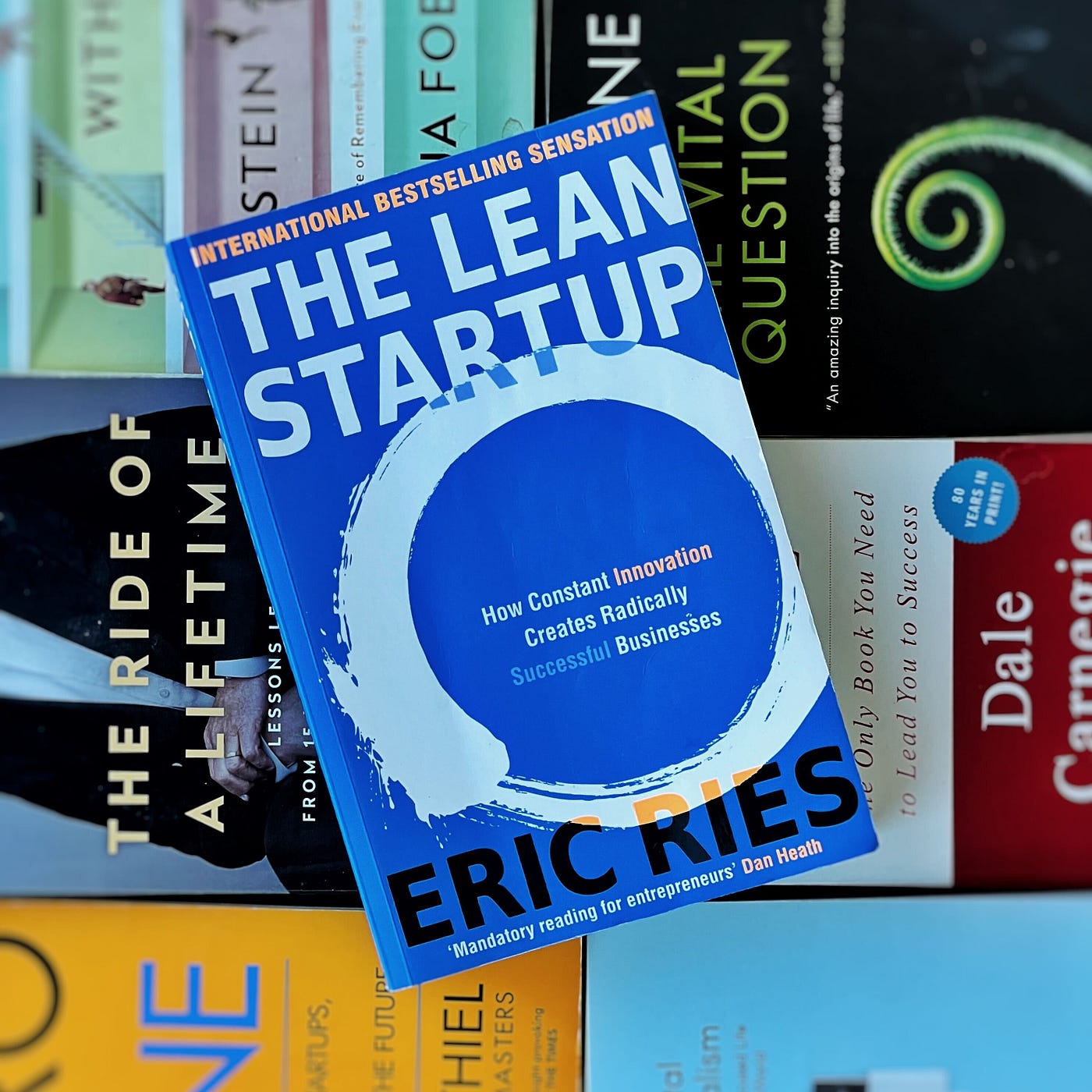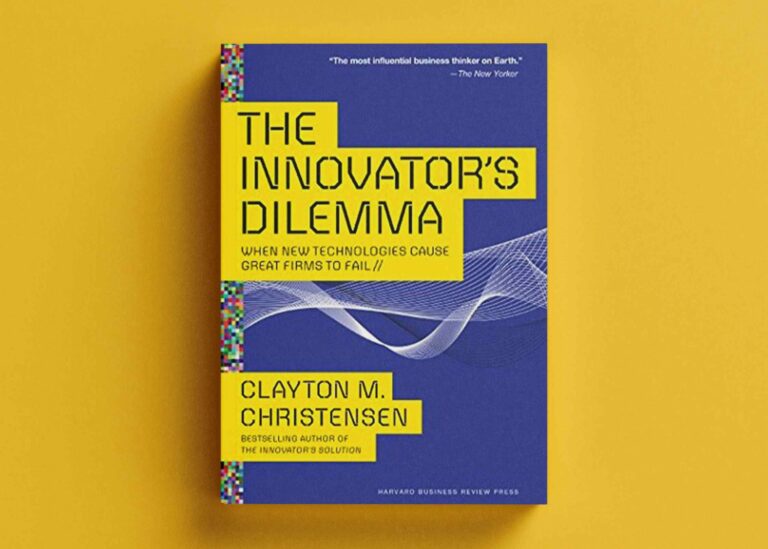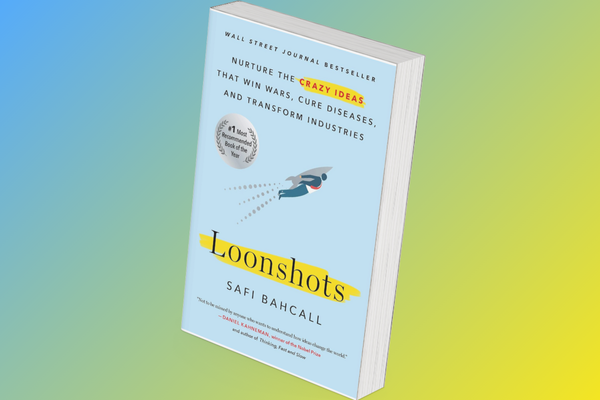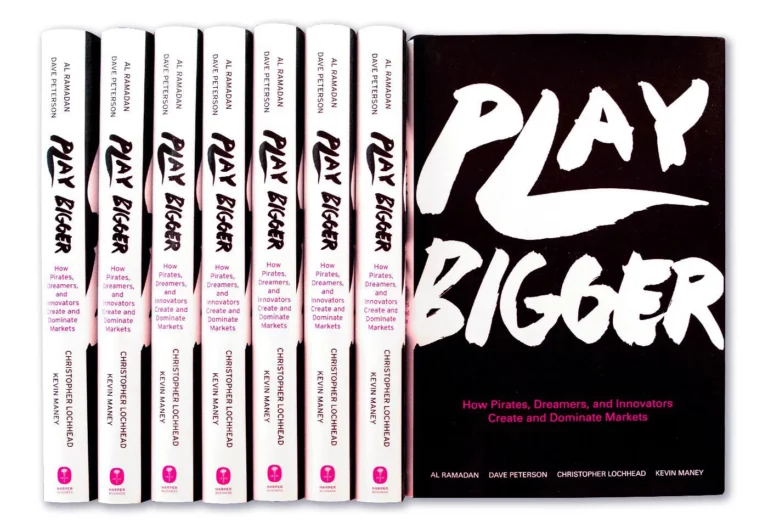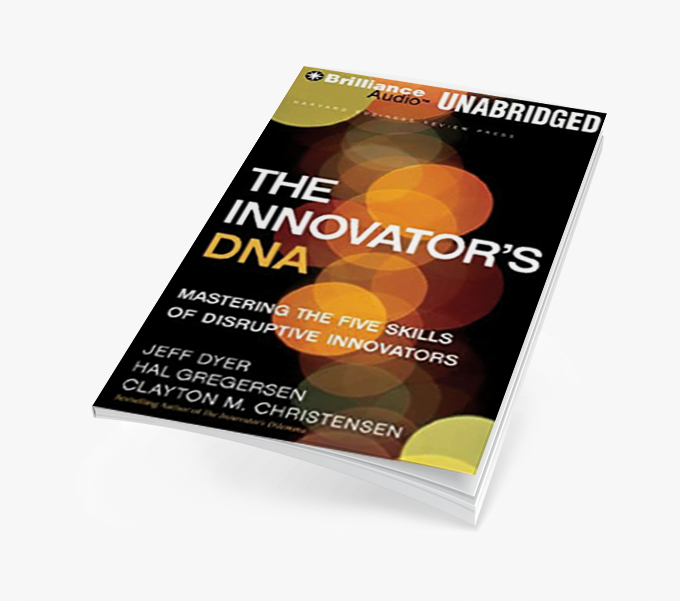The Build–Measure–Learn loop isn’t just for tech founders — it’s a universal operating system for innovation in uncertainty.
Why “Build Fast” Isn’t the Point
The Lean Startup, made famous by Eric Ries, is often misunderstood as a speed hack. But “lean” doesn’t mean “rush.” It means cutting waste — especially the waste of building products nobody wants.
In traditional R&D or corporate strategy, teams invest millions perfecting ideas before they ever reach customers. The Lean Startup flips this logic: you build the smallest version possible to test your riskiest assumption first.
That minimum viable product (MVP) could be a landing page, a prototype, or even a slide deck. The point isn’t perfection; it’s learning.
This mindset originated in software but has since infiltrated energy, healthcare, finance, and even government innovation labs. It works anywhere uncertainty dominates — which, in today’s economy, means almost everywhere.
The Power of the Build–Measure–Learn Loop
The Lean Startup model rests on a deceptively simple cycle: Build → Measure → Learn.
- Build: Create a testable version of your idea.
- Measure: Collect real data from users, not opinions from internal meetings.
- Learn: Decide whether to persevere, pivot, or scrap the concept entirely.
The elegance of this loop lies in its speed. The faster you run it, the faster you discover truth.
In a sense, it’s the scientific method for entrepreneurship.
Companies like Dropbox, Airbnb, and Spotify built global platforms by mastering this feedback loop. But increasingly, corporates are adopting Lean methods to de-risk innovation portfolios.
For example, Bosch and Siemens run internal “Lean Startup incubators” where teams validate new business models before scaling. The result? A culture of experimentation rather than committee-driven stagnation.
MVPs Beyond Startups: The Corporate Reboot
Large enterprises often struggle to innovate because their structures reward efficiency, not exploration. Lean Startup provides a bridge — a disciplined way to explore uncertainty without betting the entire company.
Consider how GE’s FastWorks program brought Lean principles to heavy industry. By running experiments with real customers before manufacturing full-scale products, GE reduced R&D waste and accelerated learning cycles.
The MVP became a conversation starter — a way to align engineering, marketing, and finance around validated insight instead of internal assumptions.
This matters because the future of innovation isn’t just about new products; it’s about new ways of reducing risk while maximizing learning.
Why Every Idea Deserves an MVP
Every idea, whether it’s a new app or a new government policy, carries uncertainty. The MVP is how you confront that uncertainty early.
Instead of debating whether an idea will work, you test it in the real world — cheaply and fast.
It’s intellectual humility in action: acknowledging that your idea might be wrong and designing a system to find out quickly.
The shift from “plan and execute” to “test and learn” is what separates modern innovators from legacy thinkers.
In the words of Steve Blank, “No business plan survives first contact with a customer.”
Looking Ahead
The Lean Startup revolution isn’t over — it’s evolving. As AI, synthetic biology, and autonomous systems reshape how we build, the MVP mindset will define who adapts and who falls behind.
Tomorrow’s winners won’t just execute efficiently; they’ll experiment relentlessly.
Because in a volatile world, learning faster than the market is the ultimate competitive advantage.
Follow Tomorrowist for more insights on innovation, deep tech, and value creation.


